John Hurrell – 28 May, 2024
The de Lautour paintings I'm talking about look at the nature of language that attempts to definitively name, initially specifically words that reference landscape forms, and replacing them by the act of obliteration. The linking of spoken sequential sound clusters (locutionary acts that express more than a grunt, squeak or whistle) to objects we regularly experience has been of huge interest generally to a great many thinkers, ranging from John Locke and Edward Sapir to John Searle, Willard Quine and Donald Davidson.
Sporadically over the last twenty-two years, Tony de Lautour has been making unusual paintings that ponder ambiguously the categorising properties of the spoken and written names for both common and proper nouns. He seems fascinated by the elementary activities of labelling: challenging both the ‘correct’ and ‘incorrect’ terms in English (and possibly Māori too) for depicted mountainous landscapes—maybe pondering woke censorship—and contemplating the origins and establishing of these once useful monikers, linking up absent-name-spaces to referents via rows of white dotted lines, or red ruled-straight lines, sometimes buckled like bent straws.
These peculiar paintings attempt to look at how language can be circumnavigated; they avoid using names (leaving instead gaps, hovering numbers, empty square panels or blank underlined spaces); emphasising diagramatically the bodily experience of encountering the referent experientially, directly in some sort of state of linguistic innocence (if that were at all possible).
The de Lautour paintings I’m talking about look at the nature of language that attempts to definitively name, initially specifically words that reference landscape forms, and replacing them by the act of obliteration. The linking of words as spoken sequential sound clusters (locutionary acts that express more than a grunt, squeak or whistle) to objects we regularly experience has been of huge interest generally to a great many thinkers, ranging from John Locke and Edward Sapir to John Searle, Willard Quine and Donald Davidson.
In the assortment of small works the mood is more virulent and less academic. Sometimes the spatial relationship between blocked out labels (that can look like a plane or a bed for dreamers) and the signified object is flipped and turned topsy-turvy. The ‘censored’ oblong labels are suddenly positioned underneath what they are naming.
In these one has a sense of Manichean conflict, aerial warfare perhaps between the forces of Good and Evil (represented by Iron Crosses and the Star of Bethlehem—or the twin lightning symbol paradoxically doubling as the SS logo, or actions of a wrathful but righteous Jehovah).
This intensely violent theme seems commonplace to most of us because of what we regularly read in our newspapers or see on our screens, even though such dreadful scenarios are never new. The blocked out horizontal labels become transmuted into aircraft with dotted strafing machine-gun fire or lines of bombs. The ‘censored textual’ blocks become targeted civilian buildings.
If you wished to link these vaguely rebuslike representations to certain specific countries, such activity is not too far fetched, but there is no escaping the fact that this artist has slyly stacked together many subject-matters: such the functionally over-assertive nature of language itself; the repressive nature of colonial language in Aotearoa; the nature of our sensual experiences (can they really ever be free of mentally internal language that politically manipulates?); and the nature of rigorous ethical stances—and the difficulty of maintaining positivity in what seems to be an overwhelmingly, depressingly, corrupt era.
John Hurrell
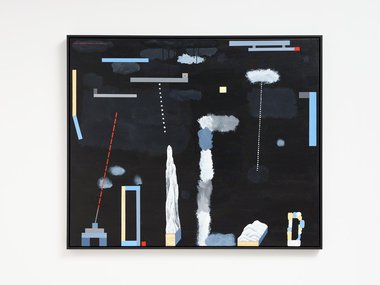
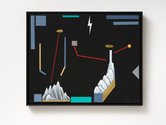
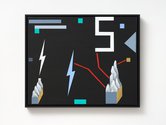


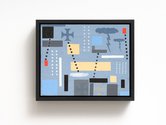
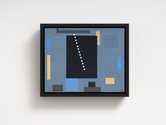
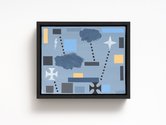
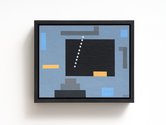
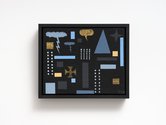

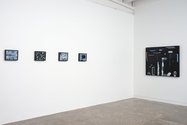
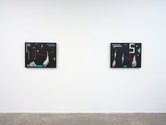
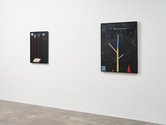
 Advertising in this column
Advertising in this column Two Rooms presents a program of residencies and projects
Two Rooms presents a program of residencies and projects



This Discussion has 0 comments.
Comment
Participate
Register to Participate.
Sign in
Sign in to an existing account.